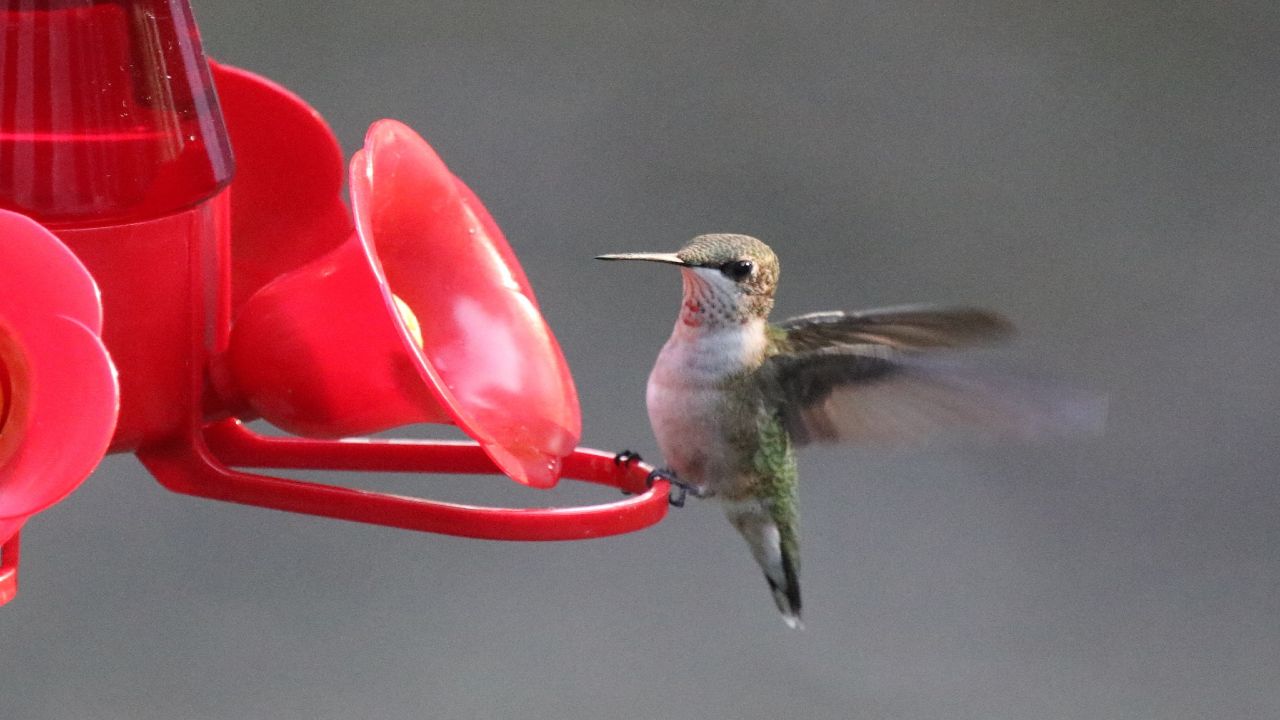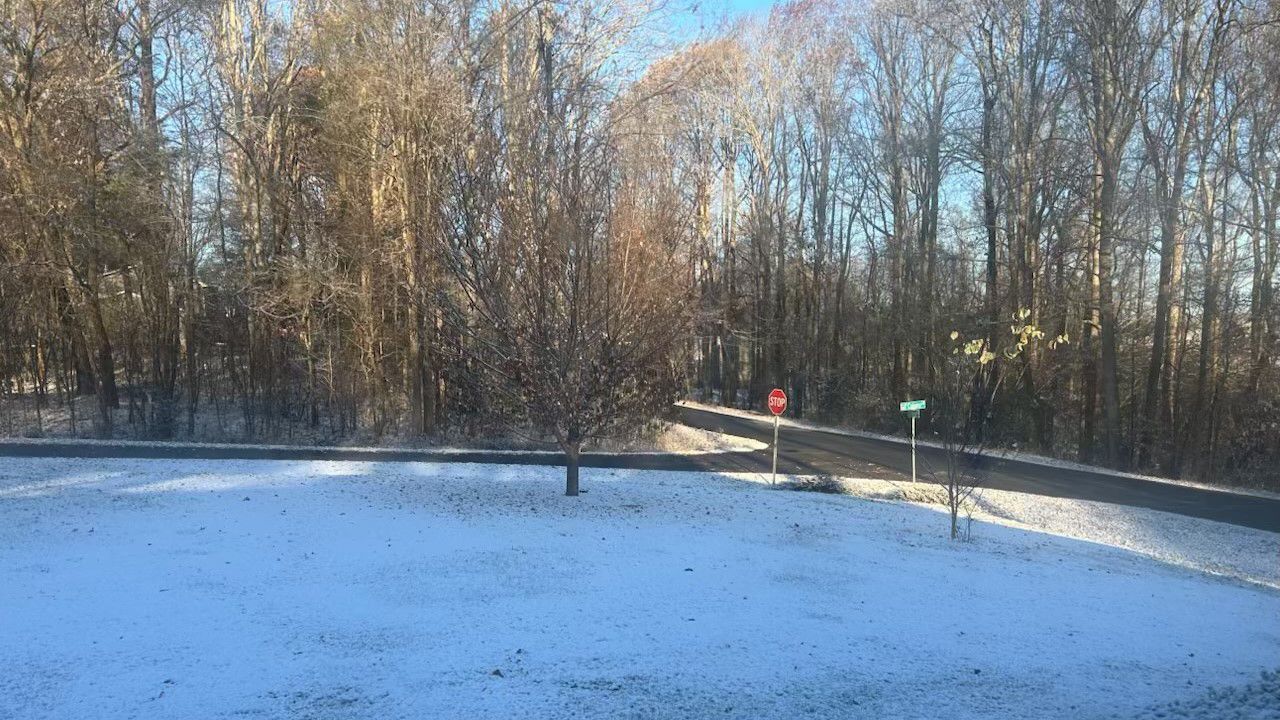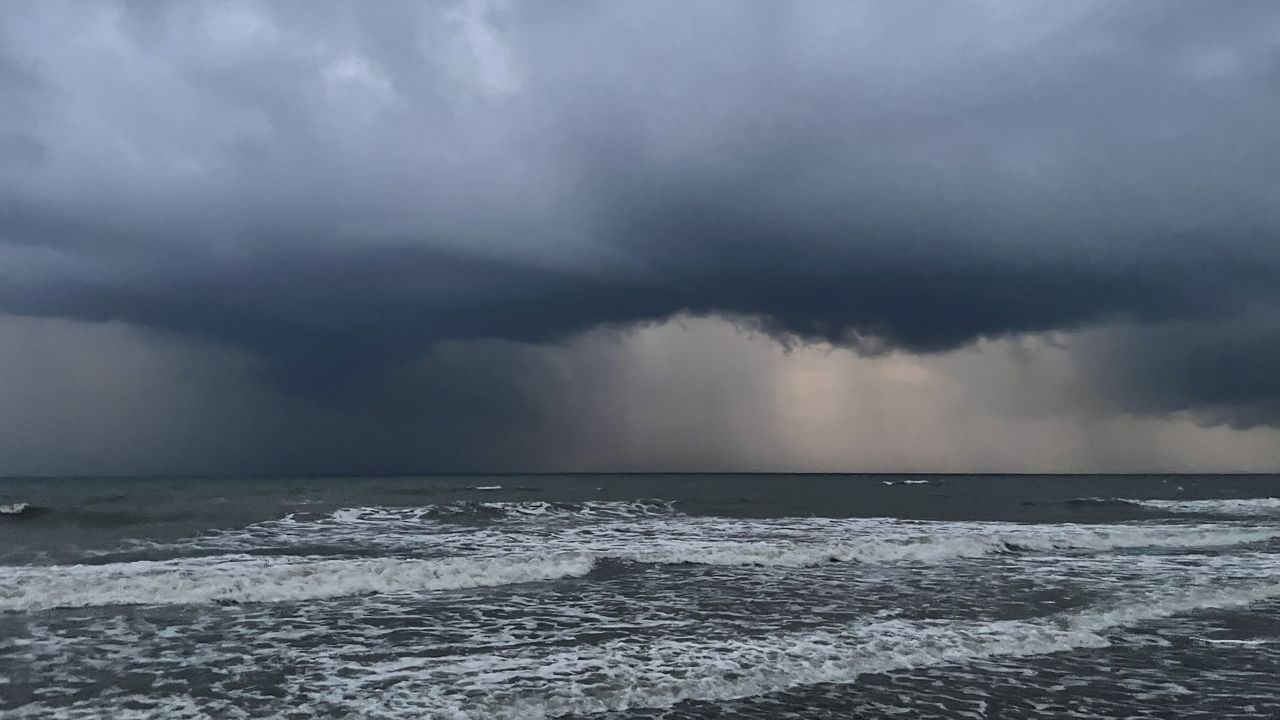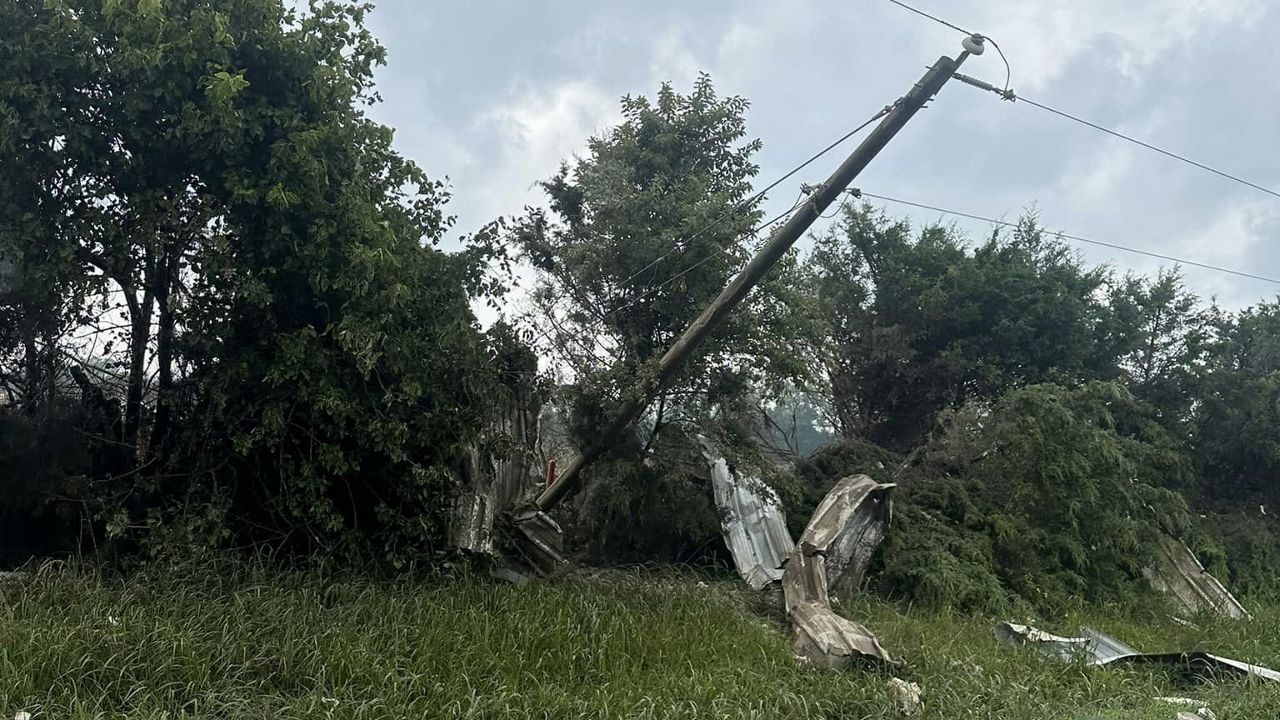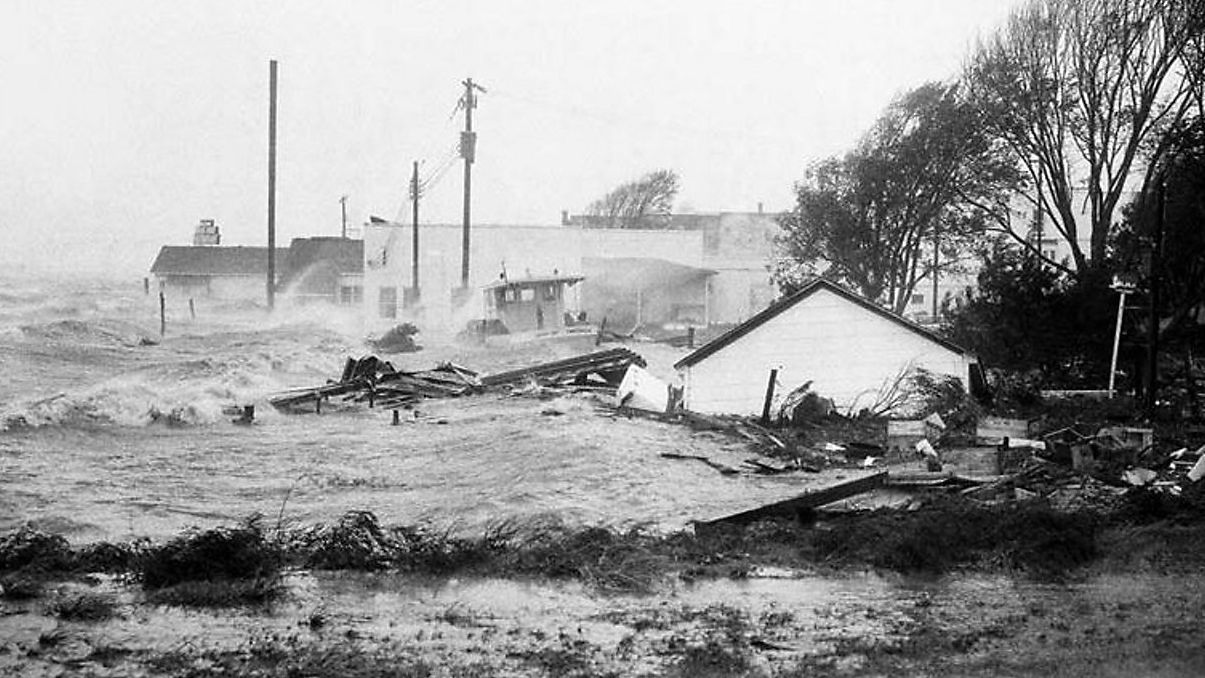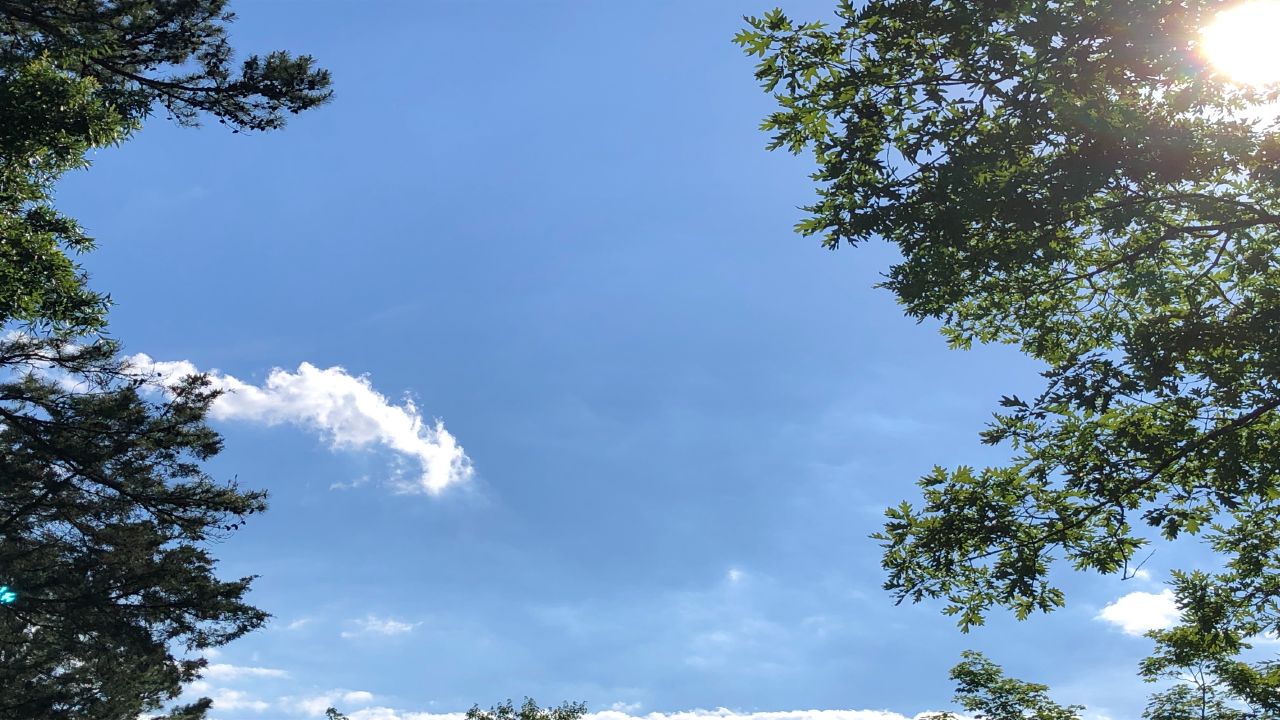With the arrival of spring, comes the arrival of the ruby-throated hummingbird to North Carolina. These tiny, feathered friends are making their way northward into the United States after wintering in Central America.
A bit of interesting trivia about these little birds: While some fly over land, across Mexico to make their way back into the United States, many hummingbirds that end up in the eastern half of the country fly over the Gulf. They fly over it nonstop and usually in less than 24 hours.
Hummingbirds are capable of reaching speeds of up to 60 mph. Not to mention, they can turn on a dime.
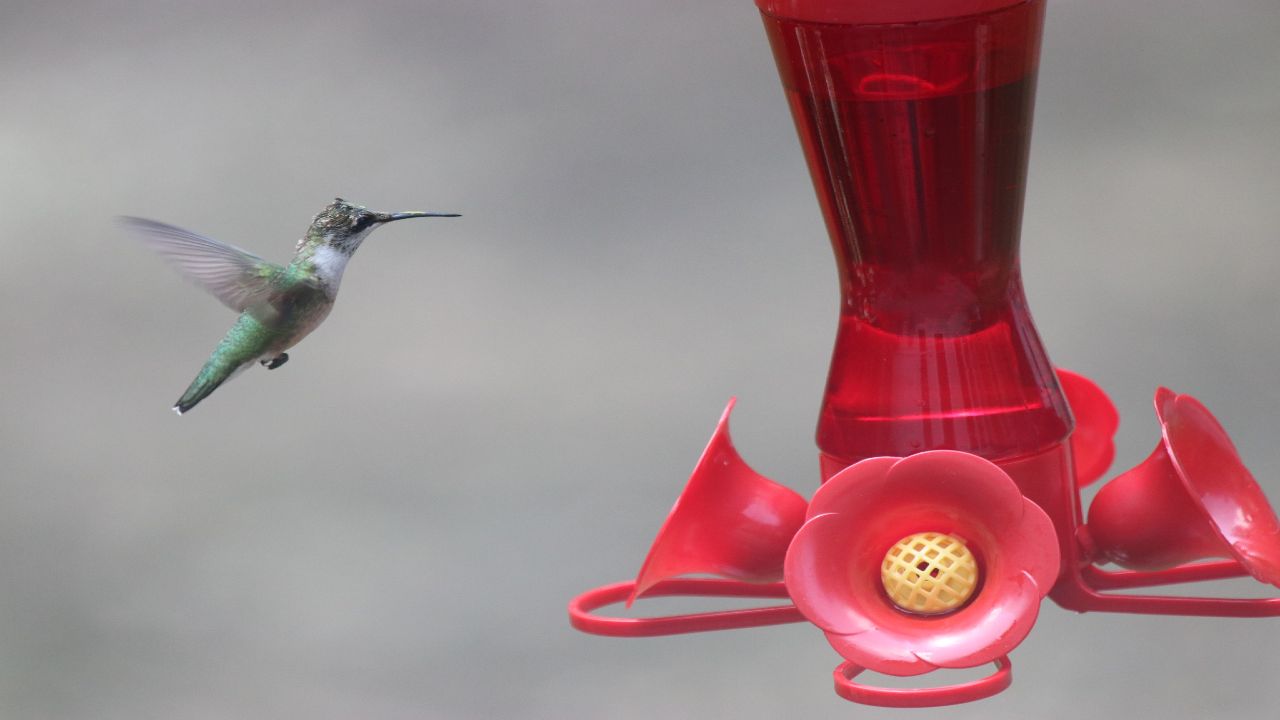
I think I can say with confidence, that the hummingbird is the most agile, maneuverable bird in the animal kingdom. As a matter of fact, it was the hummingbird, along with the dragon fly, that inspired the invention of the helicopter.
Food for hummingbirds has got to be the easiest to make. You need water and you need sugar, and that's it.
Heat up one cup of water. The warmer water makes it easier for the sugar to dissolve. Then add one-fourth of cup of granulated sugar. Stir it up until it dissolves. Let the water cool for an hour or so before putting it in your feeder.
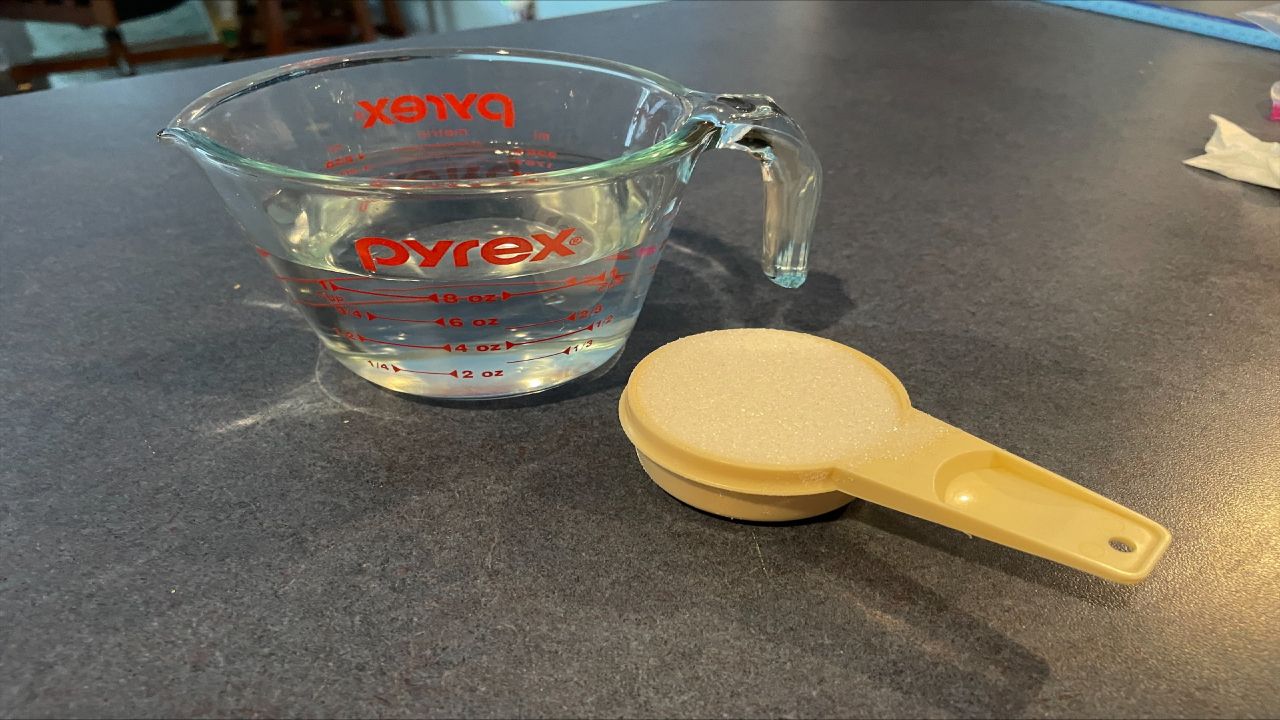
Take note: Do not add red food coloring or red dye to the sugar water mixture. You don't need that, and it's really not healthy for the hummingbirds. Hummingbirds are attracted to the color red, so you could do like I did and buy a feeder with a red-colored food container.
It is recommended to change out your hummingbird food about every five to seven days when the weather is cooler, like in April when the birds first arrive in our area, or later in the fall as they are heading back south.
During hotter weather, you should change out your hummingbird food every few days as the warmer temperatures cause the sugar water to spoil quicker.
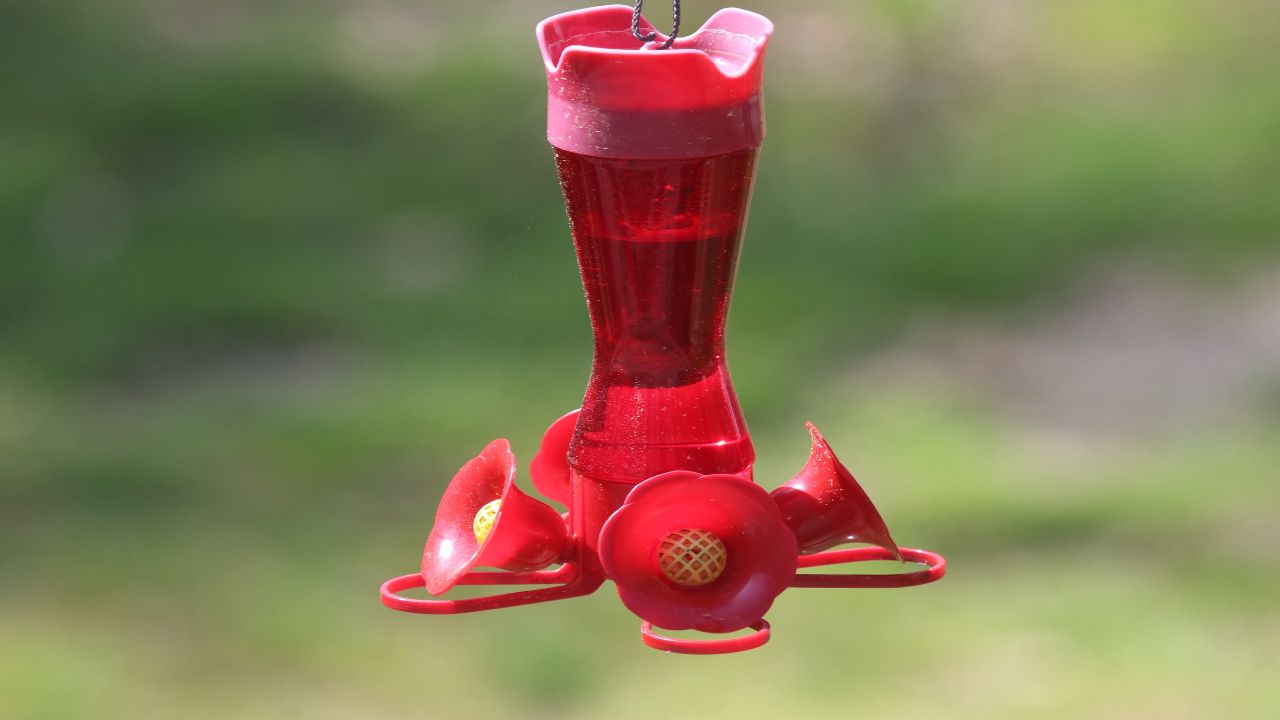
Here's a breakdown of temperatures and how often you should change-out hummingbird food:
- Change every 1 to 2 days if the temperatures during the day is 85 degrees or higher
- Change every 2 to 3 days if the temperatures during the day is between 80 and 84 degrees
- Change every 3 to 4 days if the temperatures during the day is in the 70s
Your hummingbird food can last as long as a week with temperatures at 69 degrees and lower.
Its a good plan to wash your hummingbird feeder often. This keeps "yucky" stuff from building up on your feeder. "Yucky" stuff that could actually harm the hummingbirds that visit your feeder.
Water and vinegar is the simplest solution to clean the feeder.
Use the same 4 to 1 ratio that you do with mixing your hummingbird food, with 4 parts water to 1 part vinegar.
Disassemble the feeder as best you can. This will allow for better cleaning.
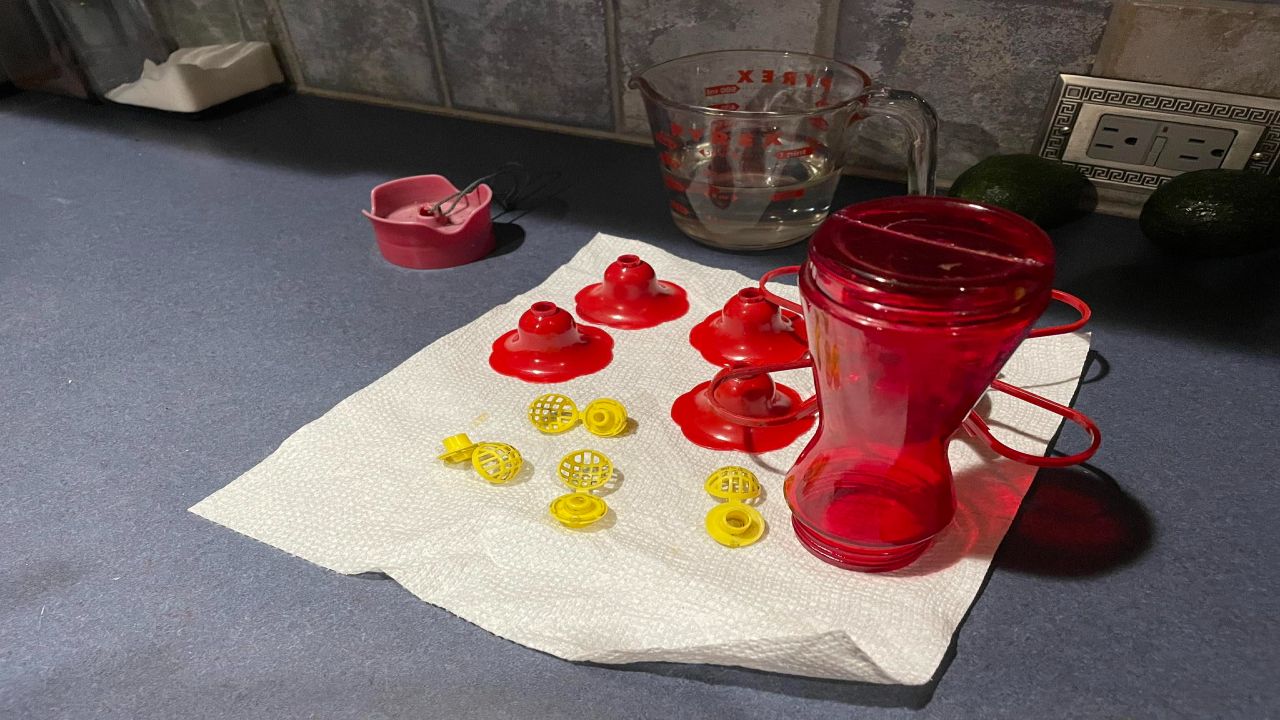
Add the vinegar to very warm water, and let the parts of the feeder soak for 30 to 60 minutes. After soaking, clean the feeder with a brush and rinse with more warm water.

Make sure you rinse the feeder thoroughly to remove any remaining water and vinegar solution, let air dry and you're ready to refill with the hummingbird food you made.
The biggest problem when it comes to feeding hummingbirds? There are a lot of other things that like sugar water. No. 1 on that list are ants. No. 2 are bees, wasps and yellow jackets.
Bee guards help in keeping those flying critters from being too much of a hassle at your feeder. Though the guards are not a 100% solution to the problem, but they do help.
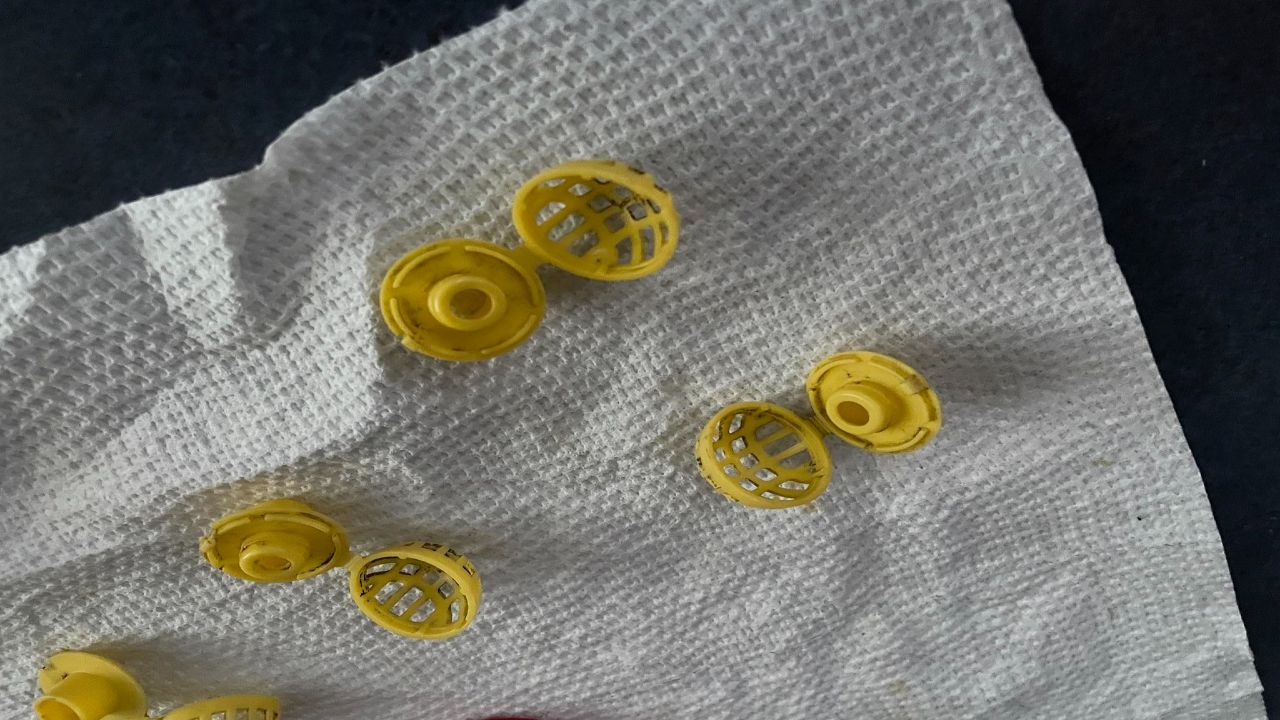
As for ants, I got so frustrated with ants in my hummingbird feeder, that I stopped putting a feeder out for years. No matter what I did. No matter what I tried, I could not keep ants out of my hummingbird feeder.
But then last year, I saw what is referred to as an ant guard on some hummingbird feeders.

Basically it's a bowl at the top of the feeder that holds water. Some hummingbird feeders come with these or you can buy one for your existing feeder. That bowl holds water and the ants, when they climb up the pole your feeder is hanging from and try to get into your feeder, can't cross the water. Now this needs to be refilled every few days, but I can attest that it works. I've even spotted other types of birds landing on the top of my hummingbird feeder and getting a quick drink of water from the ant guard.
Now there are a few non-hummingbird types that I will enjoy a quick sip of homemade nectar, as from time to time a butterfly may visit your hummingbird feeder.
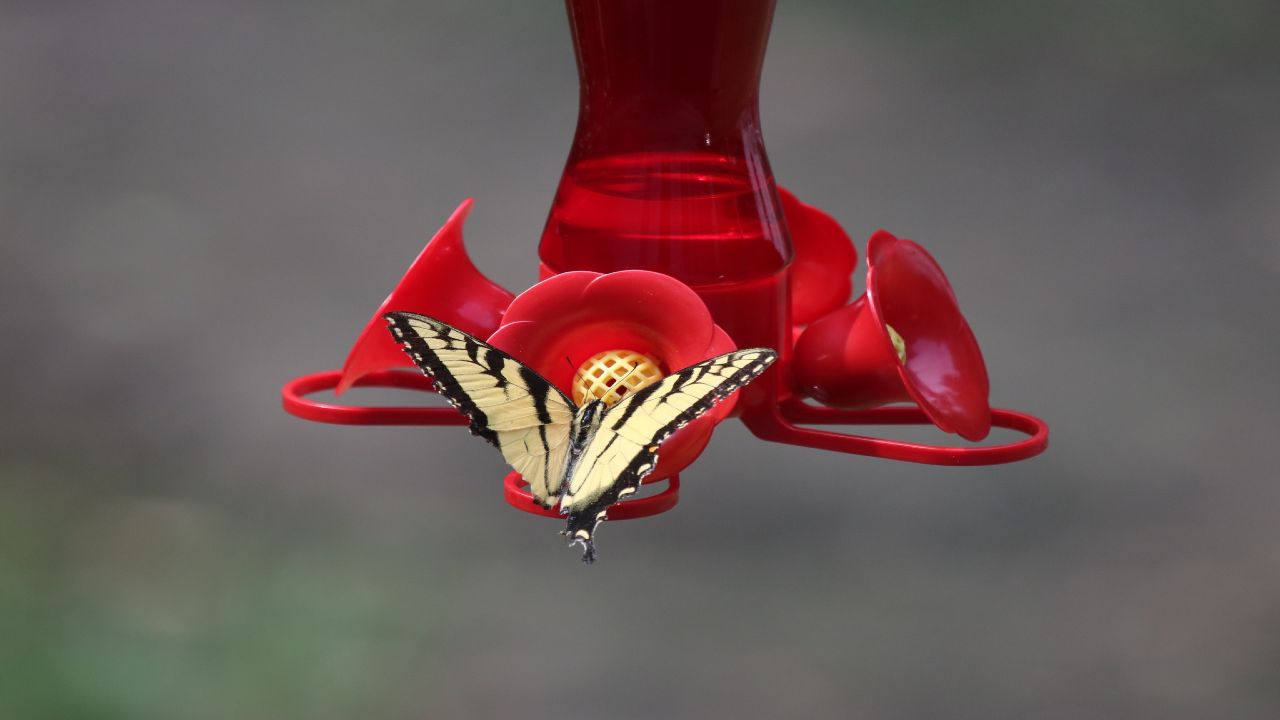
All in all, taking care of your hummingbirds is pretty simple. The food is easy to make, the feeder takes a little effort to clean and keeping other pests away is a little easier these days.
Now you can just sit back and watch these amazing little birds zip back and forth across your yard, and stop, from time to time, at your well taken care of hummingbird feeder with your homemade hummingbird food. I'm sure they appreciate it!
